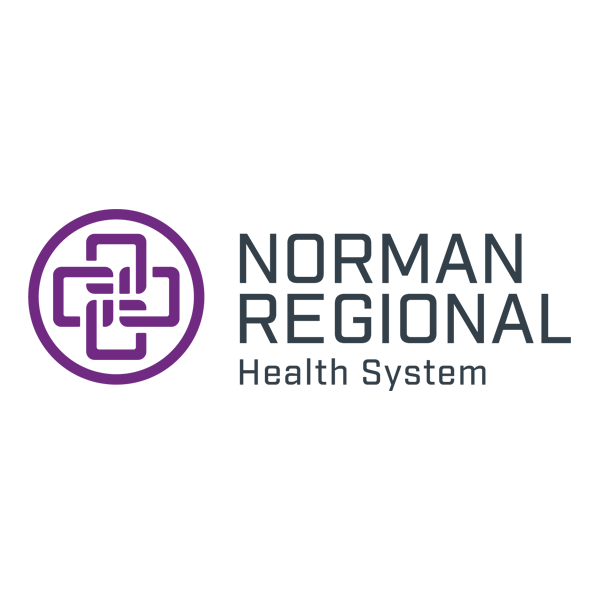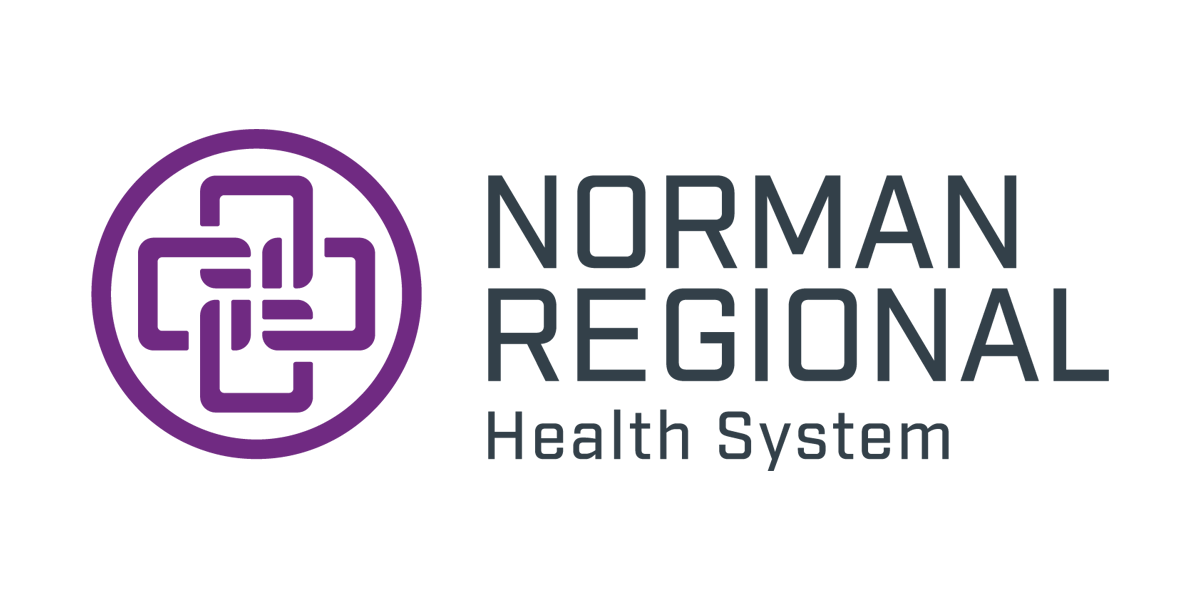Wednesday, December 7, 2016
You want to make sure you use your plan to your best advantage to get the most out of your premium dollars. In addition, when we are proactive with our overall health, we are able to prevent minor issues from becoming major issues which is good for our physical and financial health. According to Meegan Carter, Vice President of Revenue Cycle for Norman Regional Health System, "A little bit of planning can go a long way in maximizing the great health and wellness benefits employees get from employers in exchange for their hard work and dedication. Make the most of it and we all win!".
Deductibles
Insurance benefit contracts are typically for a 12 month period, known as policy year. The plan deductibles start over at the beginning of the following policy year. Considering many health insurance policies begin on January 1st and end on December 31st, now is a good time to review your policy. If you have health care or dental needs and you have met your annual deductible, it may be in your best financial interest to have those services completed this year. If you wait until 2017, you may have to meet a new deductible before your insurance benefits will start to pay out. Also, if your insurance benefits are changing for the next year, you may have higher out of pocket expenses with regards to deductibles, coinsurance and copays.
Here is an example. Let's say you have a $500 deductible (which you’ve met for 2016) and then your insurance company will pay 80% of the remaining bill. You know you need a medical procedure that costs $1,000. Your out of pocket expense could just be $200 in 2016. If you wait until 2017, you will have to start your deductible over again which means your out of pocket expense would be $600: $500 deductible + $100 (80% of the remaining $500) = $600.
Annual Maximums
Some insurance plans have an annual maximum. After the insurance company pays a certain amount in total for health care services, the remaining expenses will be your responsibility. Most often, dental plans operate in this fashion. For example, the dental insurance may only pay a maximum of $1,500 per year. Any expenses above that amount would be your responsibility to pay in full. If you have not met your annual maximum and you still need some dental services, now is the time to make that appointment to see your dentist before we bring in the New Year. The same is true for any other health benefit that has an annual maximum. Talk to your dentist about scheduling the root canal or the fillings that you have been putting off.
Flexible Spending Accounts (FSA)
If you elected to have money deducted from each paycheck for your flexible spending account, you want to make sure you use that money. You would have set up this account with your employer during your annual benefit election time. These accounts are designed to help set aside money on a pre-tax basis to pay for expenses that are not covered by your insurance policy including deductibles, coinsurance and copays. Most often, there is a 'use it or lose it rule. If you still have money remaining in your FSA, considering having an eye exam and purchasing a new pair of glasses or contacts. You could also schedule that elective procedure you have been putting off. The deductible, coinsurance, copays and some other non-covered items could be paid for with your Flexible Spending money. You can get a list of covered expenses from your FSA company.
Now is the time to take charge of our lives as well as our insurance accounts. In order to use your insurance policies to your best benefit, you must know the status of these policies. Let’s be proactive in order to keep ourselves as physically and financially healthy as we can.


